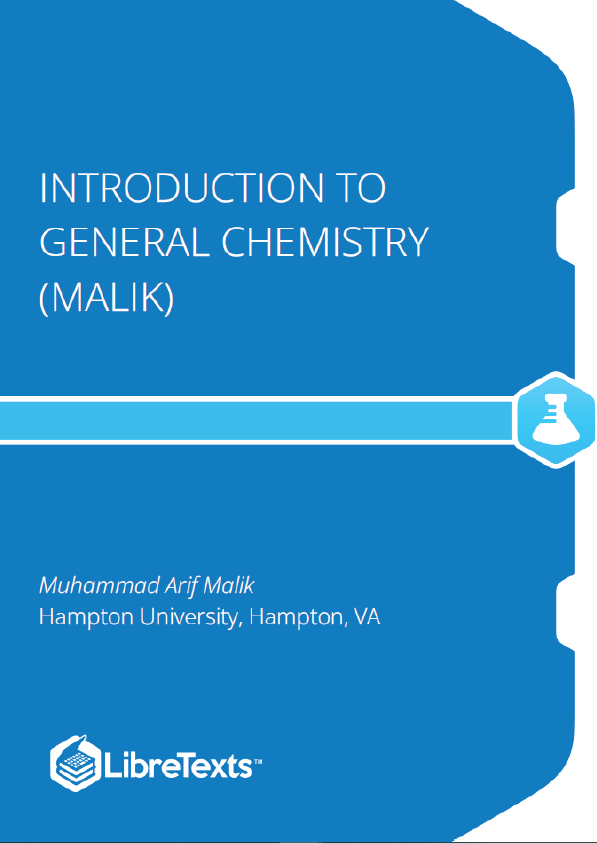The matter is a natural material that makes up the universe. The matter is composed of tiny particles called atoms held together by forces called bonds. The matter is classified as a pure matter if it has a constant and a non-variable composition of the type of atoms. Pur matter is either an element or a compound.
For example, carbon shown in Fig. 1.1.1 is an element. Elements can not convert to a simpler matter by physical or chemical methods. There are around a hundred different elements known at this time. For example, hydrogen, oxygen, carbon, nitrogen, sodium, chlorine, iron, cobalt, gold, and silver are a few elements.
Symbol of an element
Elements are represented by symbols, the first alphabet of their English or non-English name, written in capital letters. For example, C for carbon, O for oxygen, and H for hydrogen. Usually, another alphabet is also chosen from the element’s name and written as a small letter, e.g., He for helium, Co for cobalt. Some element symbols are derived from non-English names, e.g., Fe for iron is from its Latin name Ferrum, and Au for gold is from its Latin name Aurum.
Molecule
A molecule is a group of two or more atoms held together by forces called chemical bonds. The molecule is the smallest particle of matter that can exist freely. A single atom of some elements is capable of existing freely, and it is also considered a molecule. For example, He, O , P , and S are examples of elements having molecules composed of one, two, four, and eight atoms of the same element, respectively, as illustrated in Fig. 1.1.2. Although metal elements exist as a vast number of atoms bonded together by a special type of bond called metallic bonds, their symbol is that of a single atom, e.g., Fe for iron and Au for gold.
The symbol of a compound is a combination of its constituent elements with a subscript to the right of the element symbol representing the whole number ratio of the atoms of the element in the compound. For example, H O symbolizes a compound called water composed of hydrogen (H) and oxygen (O) atoms in a 2:1 ratio. Similarly, NaCl is a symbol of a table salt compound composed of sodium (Na) and chlorine (Cl) atoms in a 1:1 ratio. If the symbol of a compound also represents a molecule of the compound, it is called a molecular formula. For example, H O is a molecule formula of water. On the other hand, table salt is another class of compound composed of a vast number of atoms of its constituent elements arranged in a specific arrangement in 3D space called a crystal lattice, as illustrated in Fig. 1.1.3. When the compound symbol does not represent a molecule, it only represents the simple whole-number ratio of the constituent elements; it is called the compound’s chemical formula. For example, NaCl is a chemical formula of a compound called table salt.











